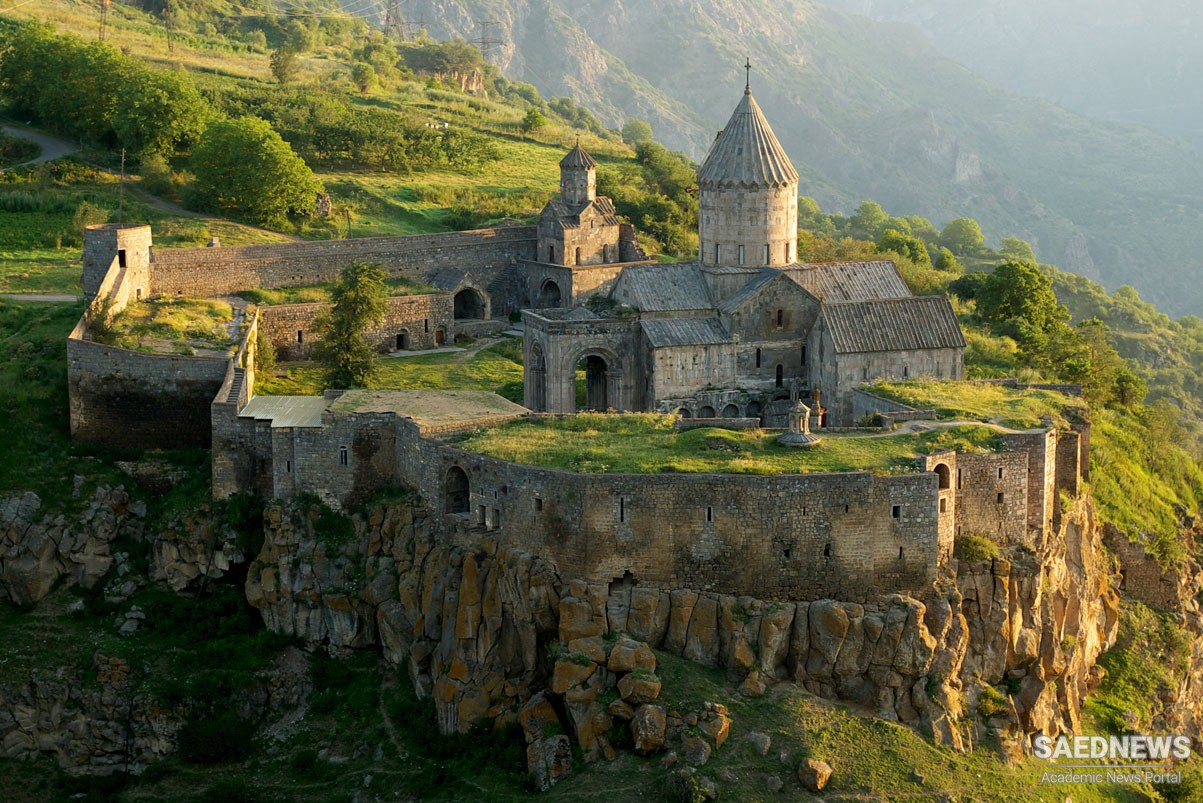A characteristic of global society at the time of writing is that quite large parts of it seem to be moving about, but not by a long way acting in the traditional westernized tourism manner. Many people are, perforce, leading the life of a nomad because of a resource imbalance of some kind. Parts of Europe, for example, are experiencing a new type of tourist, one who is eager to visit but who does not have adequate resources for so doing.
Places such as Hungary, and more especially Budapest, are under pressure from both west and east while they struggle to establish themselves anew as part of the western world. New and enquiring tourists from the west require the upper-market facilities to which they are now thoroughly accustomed, while impoverished refugees from such countries as Romania can for the moment afford to pay little or nothing for facilities. A ‘stage up’ from the latter group described above are those eastern Europeans, homing in on such places as Paris, who require affordable facilities different in type and scale from those traditionally extended to tourists. In the summer of 1992 the tourist authorities in Paris were reported to be responding very positively and instituting a number of helpful measures3 for visitors from the east. This general market of tourists possessing scant resources, to which the title ‘social tourism’ has adhered, is potentially huge, and on a ‘sell’ em cheap, pile ‘em-high’ philosophy has presenter potential, but for it to be served requires products dissimilar to those of old. Meanwhile, of those in the former eastern bloc, in Hungary, for instance, the old socialist practice of trade union holiday homes, at such locations as tourist honeypot Lake Balaton, seems to be continuing for the moment at least, despite a changed political regime. A particular destination is the peninsula encompassing a National Park with the picturesque village of Tihany forming a major attraction.
Older, First World tourists are another general group on the increase at the moment. These people are seen as naturally inclined to be cultural tourists: their requirements from cultural sites are likely to condition the touristic experiences that are made available. At the opposite end of the market for culture is another major group, having perceptibly different requirements on the ground: the young, very often student, backpacker.
Between these will be a massive division, in terms of how to cater effectively to their cultural tourism needs. Characterizing that division is the way in which each takes in information. In simplistic terms, while the one will be more attuned to words, the other will be more ‘at home’ with images, with visual information. In the main, the older group will have little computer literacy whereas regular computer interaction will be the norm for the younger group.


 Evolving Paradigms of Pilgrimage: Human Communities and Varied Forms of Deities
Evolving Paradigms of Pilgrimage: Human Communities and Varied Forms of Deities














































